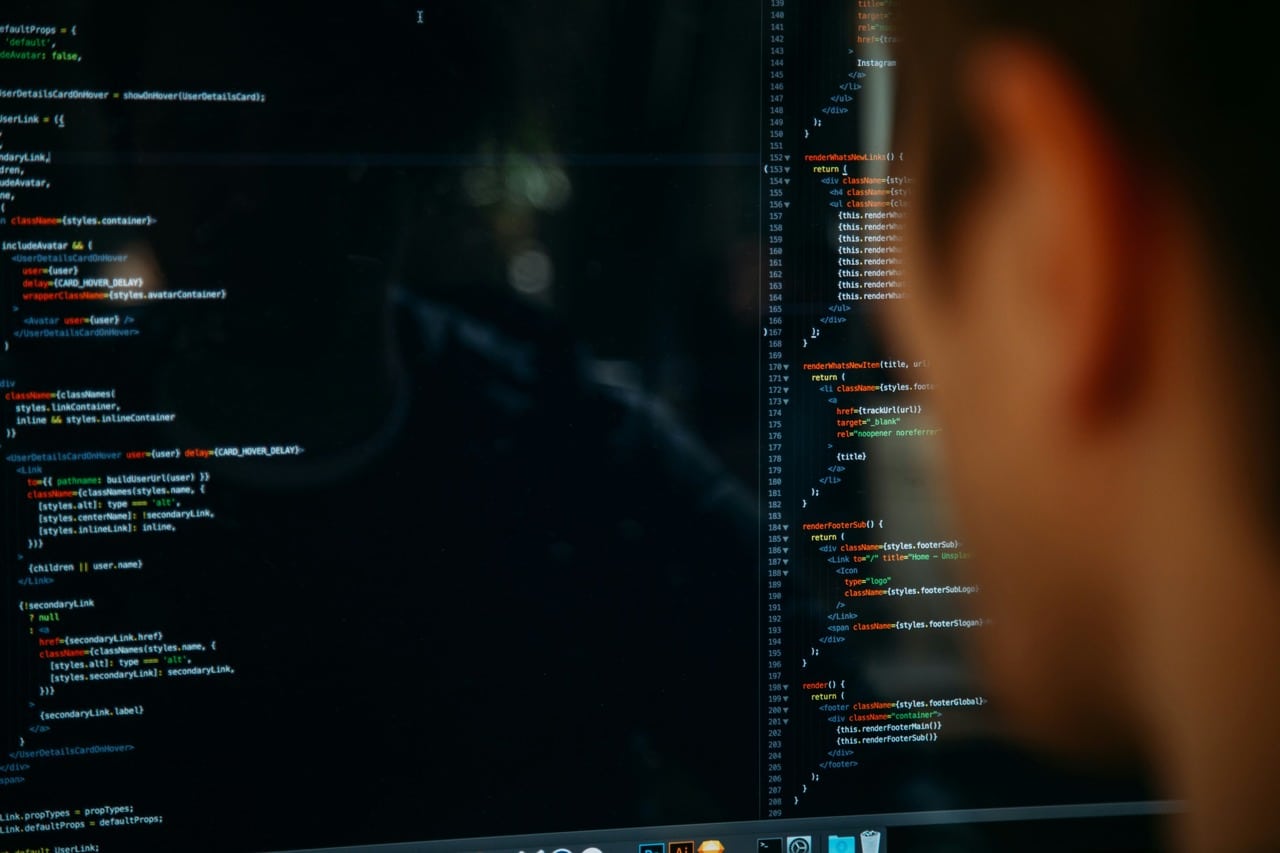When we talk about AI, the first things that come to mind are innovation, automation, and efficiency. But here’s the thing—AI is more than just a tech buzzword or the latest tool in a marketer’s arsenal. It’s a powerful force that, if not managed correctly, can pose significant risks. And trust me, you don’t want to be caught off guard when those risks come knocking at your door.
So, what’s the secret sauce to keeping AI in check? Collaboration. That’s right—bringing together the right people, perspectives, and processes is the key to unlocking safe and responsible AI development. Let me break it down for you.
The Risk Is Real, and It’s Big
First, let’s get one thing straight: AI is not foolproof. It’s not some magical solution that works perfectly out of the box. AI systems can—and do—fail. And when they do, the consequences can be massive, ranging from data breaches to biased decision-making and even legal ramifications.
Now, imagine trying to tackle these risks all by yourself. You might be an expert in one area, but AI is complex. It involves data scientists, ethicists, engineers, and legal experts—just to name a few. Without the right mix of expertise, it’s easy to overlook critical risks that could come back to bite you later.
Why Collaboration Is a Game-Changer
Here’s where collaboration comes into play. By bringing together a diverse team, you’re not just covering more ground—you’re building a safety net. When different experts collaborate, they can spot risks from multiple angles. What a data scientist might miss, a cybersecurity expert could catch. What an engineer overlooks, an ethicist might flag.
Think of it as assembling a superhero team. Each member has unique strengths, and when they work together, they become nearly unstoppable. The same goes for AI risk assessment. The more diverse your team, the better equipped you are to identify and mitigate risks before they escalate into full-blown disasters.
The Anatomy of a Collaborative AI Risk Assessment
So, how does this all work in practice? Let’s walk through the steps:
- Assemble Your A-Team: Start by bringing together experts from different fields—data science, cybersecurity, ethics, legal, and engineering. The more diverse, the better.
- Identify the Risks: Begin by brainstorming all the potential risks associated with your AI project. Don’t hold back—list everything from data privacy concerns to algorithmic bias and beyond.
- Evaluate and Prioritize: Once you’ve identified the risks, it’s time to evaluate them. What’s the likelihood of each risk occurring? What would be the impact if it did? Prioritize your risks based on these factors.
- Develop Mitigation Strategies: For each high-priority risk, develop a strategy to mitigate it. This could involve anything from revising your data collection methods to implementing new security protocols.
- Test and Iterate: Finally, don’t forget to test your strategies. AI is constantly evolving, and so are the risks. Regularly revisit your risk assessment and make adjustments as needed.
Real-World Success Stories
You might be thinking, “This sounds great in theory, but does it actually work?” The answer is a resounding yes. Let’s look at a real-world example.
Take Google, for instance. They’ve been at the forefront of AI development for years, but they didn’t get there by going it alone. Google’s AI teams collaborate with ethicists, policymakers, and industry leaders to ensure their AI technologies are safe, ethical, and responsible. This collaborative approach has helped them avoid potential pitfalls and maintain trust with their users.
The Future Is Collaborative
As AI continues to advance, the risks will only grow more complex. But with a collaborative approach to risk assessment, you can stay ahead of the curve. By bringing together diverse perspectives, you’re not just protecting your business—you’re paving the way for safer, more responsible AI development.
So, the next time you embark on an AI project, don’t go it alone. Assemble your team, collaborate, and watch as you turn potential risks into opportunities for innovation and growth. After all, in the world of AI, collaboration isn’t just an option—it’s the future.


